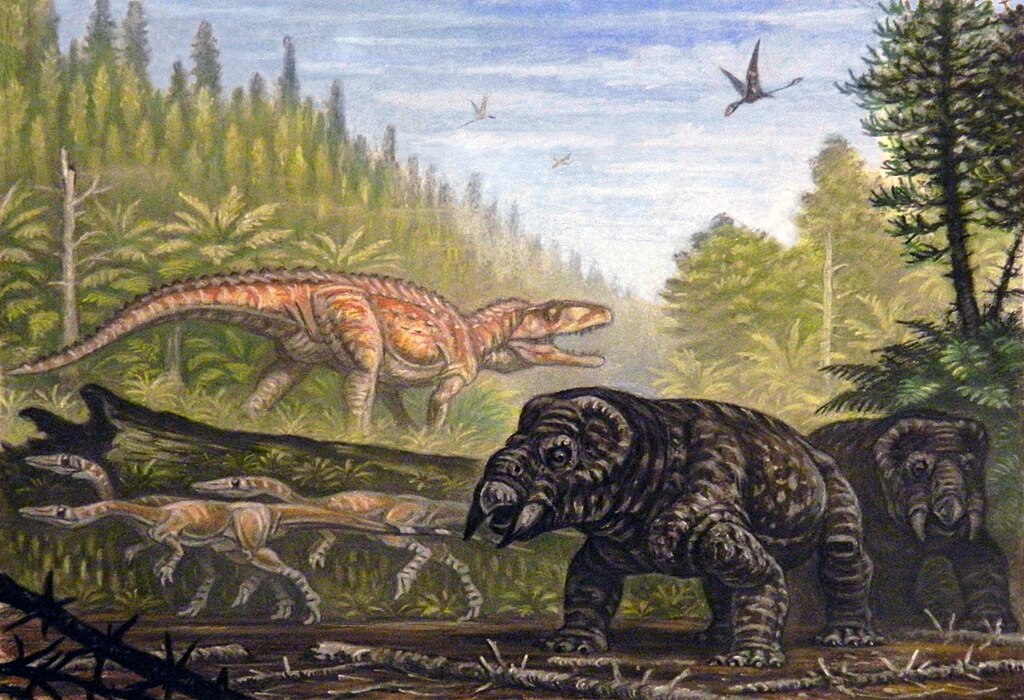In the heart of Canada’s capital city, an extraordinary journey through time awaits behind the walls of an imposing castle-like structure. The Canadian Museum of Nature in Ottawa isn’t just another museum—it’s a portal to prehistoric worlds where colossal creatures once ruled the Earth. As you step through its doors, you’re transported millions of years back, surrounded by the fossilized remains of beings so magnificent they seem almost mythical.
A Castle Built for Dinosaurs
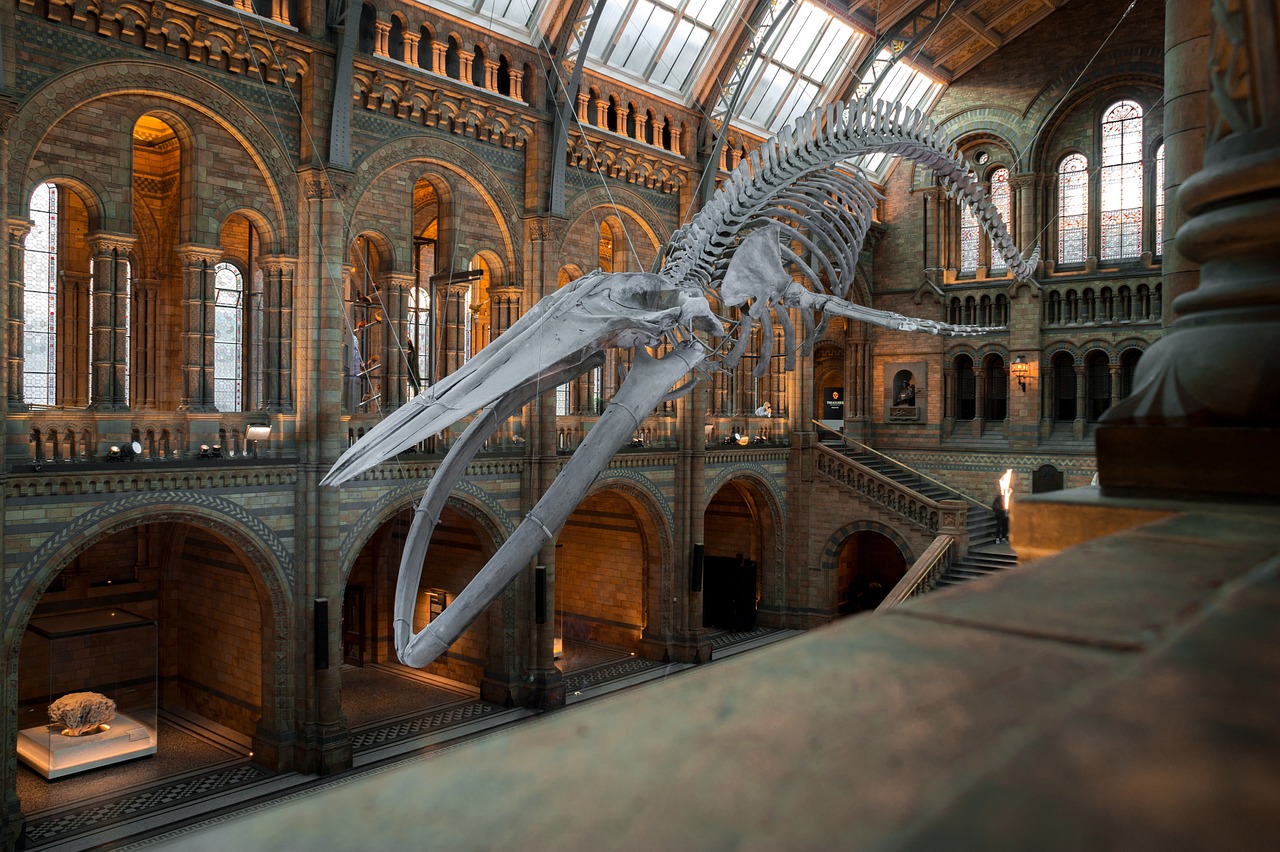
The Canadian Museum of Nature occupies one of Ottawa’s most distinctive buildings, a stunning heritage structure known as the Victoria Memorial Museum Building. This castle-like edifice, completed in 1912, was originally designed to house Canada’s national collections of natural history. The building’s Gothic Revival architecture creates an almost medieval atmosphere that perfectly complements the ancient mysteries housed within. Walking through its grand halls feels like entering a fortress where prehistoric secrets have been carefully guarded for over a century. The building itself has survived fires, renovations, and decades of change, yet it continues to serve as Canada’s premier destination for natural history exploration.
The Fossil Hunter Gallery: Where Giants Come Alive
The museum’s crown jewel is undoubtedly the Fossil Hunter Gallery, where visitors encounter some of the most impressive dinosaur specimens ever discovered in Canada. This expansive space showcases complete skeletons that tower overhead, creating an almost overwhelming sense of the sheer scale these creatures once commanded. The gallery’s centerpiece features a massive Tyrannosaurus rex skeleton, its powerful jaws frozen in what appears to be an eternal roar. Interactive displays allow visitors to touch real fossils, feeling the texture of bones that haven’t seen daylight for millions of years. The lighting design creates dramatic shadows that dance across the walls, making the prehistoric inhabitants seem almost alive in their eternal poses.
Canada’s Own Prehistoric Celebrities

What makes this museum truly special is its focus on dinosaurs discovered right here in Canada, particularly from the fossil-rich badlands of Alberta. The museum proudly displays specimens of Albertosaurus, a fearsome predator that once stalked the ancient landscapes of western Canada. Visitors can also marvel at the remains of Lambeosaurus, a duck-billed dinosaur whose distinctive hollow crest produced haunting calls across prehistoric marshlands. These aren’t just any dinosaurs—they’re Canada’s own prehistoric residents, making the experience feel deeply personal and connected to the land beneath our feet. The museum’s paleontologists have spent decades carefully extracting and preparing these specimens, each one telling a unique story of life in ancient Canada.
The Burgess Shale: A Window to Ancient Oceans
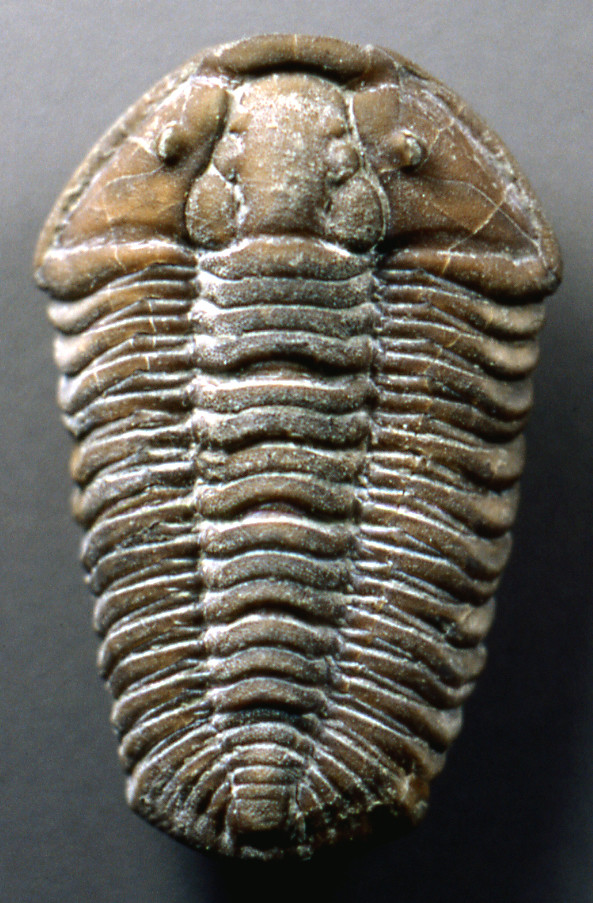
Long before dinosaurs dominated the land, bizarre creatures ruled the ancient seas, and nowhere is this more evident than in the museum’s Burgess Shale collection. These 505-million-year-old fossils from British Columbia reveal a world so alien it challenges our understanding of early life on Earth. Visitors can examine the intricate details of Opabinia, a creature with five eyes and a bizarre vacuum-cleaner-like proboscis. The soft-bodied preservation of these fossils is so exceptional that scientists can study the internal organs of animals that lived half a billion years ago. Standing before these displays, you’re witnessing some of the earliest experiments in complex life, creatures that evolved in ways so strange they seem like something from science fiction.
Hands-On Discovery in the Dig Pit
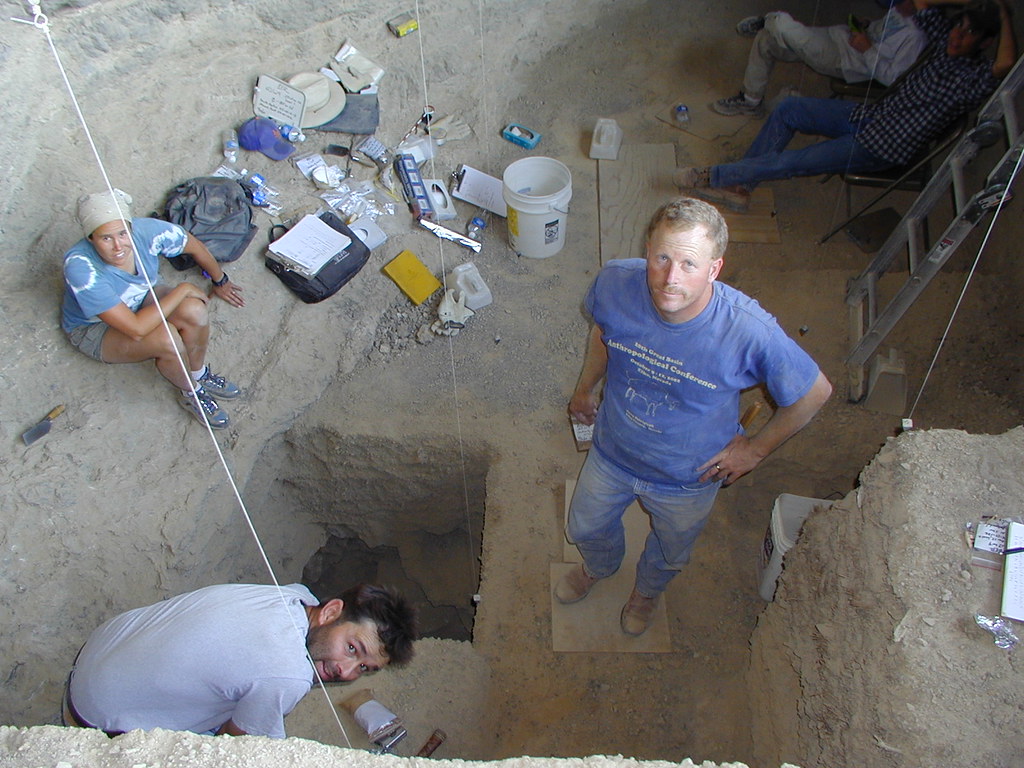
For those who dream of becoming paleontologists themselves, the museum offers an authentic dig experience right inside the building. The specially designed dig pit contains real fossils buried in sand, allowing visitors to use actual paleontological tools to make their own discoveries. Children and adults alike can experience the thrill of uncovering ancient treasures, feeling the excitement that drives real fossil hunters in the field. Expert staff members guide the digging process, explaining proper techniques and helping identify the specimens that emerge from the sand. This hands-on experience transforms passive observation into active participation, making every visitor a temporary member of the paleontological team.
The Evolution of Prehistoric Research
The museum doesn’t just display fossils—it actively participates in cutting-edge research that’s rewriting our understanding of prehistoric life. Visitors can peek into working laboratories where scientists prepare newly discovered specimens using delicate tools and advanced technology. The museum’s researchers have made groundbreaking discoveries about dinosaur behavior, climate change, and mass extinction events. Interactive displays explain how modern techniques like CT scanning and chemical analysis reveal secrets hidden within ancient bones. This ongoing research means that exhibits are constantly updated with new findings, ensuring that repeat visitors always encounter fresh insights into the prehistoric world.
Ancient Ecosystems Brought to Life
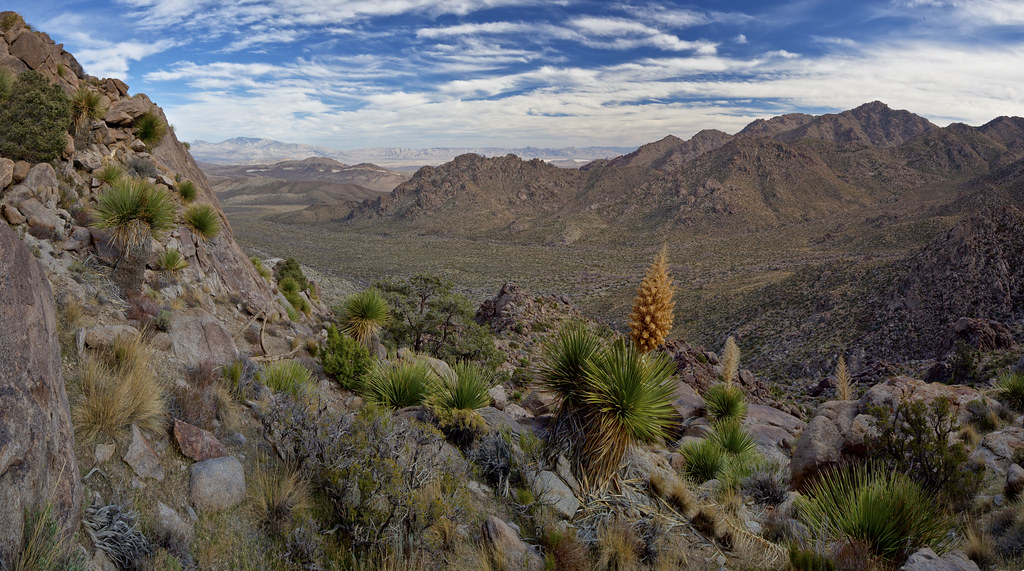
Rather than simply displaying isolated specimens, the museum excels at recreating entire prehistoric ecosystems that help visitors understand how these ancient creatures lived. Detailed dioramas show lush Cretaceous forests where massive herbivores browsed among towering conifers and flowering plants. The displays include not just dinosaurs but also the insects, mammals, and plants that shared their world, creating a complete picture of prehistoric life. Sound effects transport visitors to these ancient environments, with the calls of pterosaurs echoing overhead and the rustle of prehistoric vegetation in the wind. These immersive experiences help visitors understand that dinosaurs weren’t just isolated monsters but part of complex, thriving ecosystems that existed for millions of years.
Interactive Technology Meets Ancient History

The museum seamlessly blends traditional fossil displays with cutting-edge interactive technology to create an engaging modern experience. Augmented reality stations allow visitors to see how dinosaurs would have appeared with flesh and skin, watching these ancient giants move and breathe on digital screens. Touch-screen displays provide detailed information about each specimen, including 3D models that can be rotated and examined from every angle. Virtual reality experiences transport visitors to prehistoric landscapes, allowing them to walk among living dinosaurs in their natural habitats. These technological enhancements don’t replace the awe of standing before real fossils but rather amplify the wonder by helping visitors imagine these creatures as they once lived.
The Story of Mass Extinction

One of the museum’s most sobering yet fascinating sections explores the great extinction events that shaped life on Earth, including the asteroid impact that ended the age of dinosaurs. Interactive displays explain how scientists pieced together evidence of this cosmic catastrophe, from shocked quartz in rock layers to the discovery of the Chicxulub crater. Visitors can examine actual fragments of the boundary layer that marks this pivotal moment in Earth’s history, holding pieces of rock that formed during the planet’s darkest hour. The exhibit doesn’t just focus on destruction but also explores how these extinction events paved the way for new forms of life to evolve and thrive. This perspective helps visitors understand that while the dinosaurs’ story ended tragically, it also opened new chapters in the book of life.
Paleontology’s Pioneering Women

The museum gives well-deserved recognition to the often-overlooked contributions of women in paleontology, showcasing the work of pioneers who challenged societal expectations to pursue their passion for prehistoric life. Visitors learn about Mary Anning, whose discoveries along the English coast in the early 1800s revolutionized our understanding of ancient marine reptiles. The exhibits also highlight contemporary female paleontologists who continue to make groundbreaking discoveries in Canadian fossil sites. These stories inspire young visitors, particularly girls, to see themselves as future scientists and explorers. The museum’s commitment to inclusive storytelling ensures that the full history of paleontological discovery is preserved and celebrated.
Fossil Preparation Behind the Scenes
Through large windows, visitors can observe the meticulous work of fossil preparation, watching skilled technicians carefully remove rock matrix from newly discovered specimens. This process can take months or even years for a single skeleton, requiring patience, precision, and an intimate understanding of ancient anatomy. The museum’s preparation lab uses everything from tiny dental picks to advanced chemical baths to reveal fossils without damaging them. Visitors often spend long periods mesmerized by this delicate work, gaining appreciation for the incredible effort required to bring museum displays to life. The transparency of this process helps visitors understand that every fossil on display represents countless hours of skilled labor and scientific dedication.
Climate Change Through Deep Time
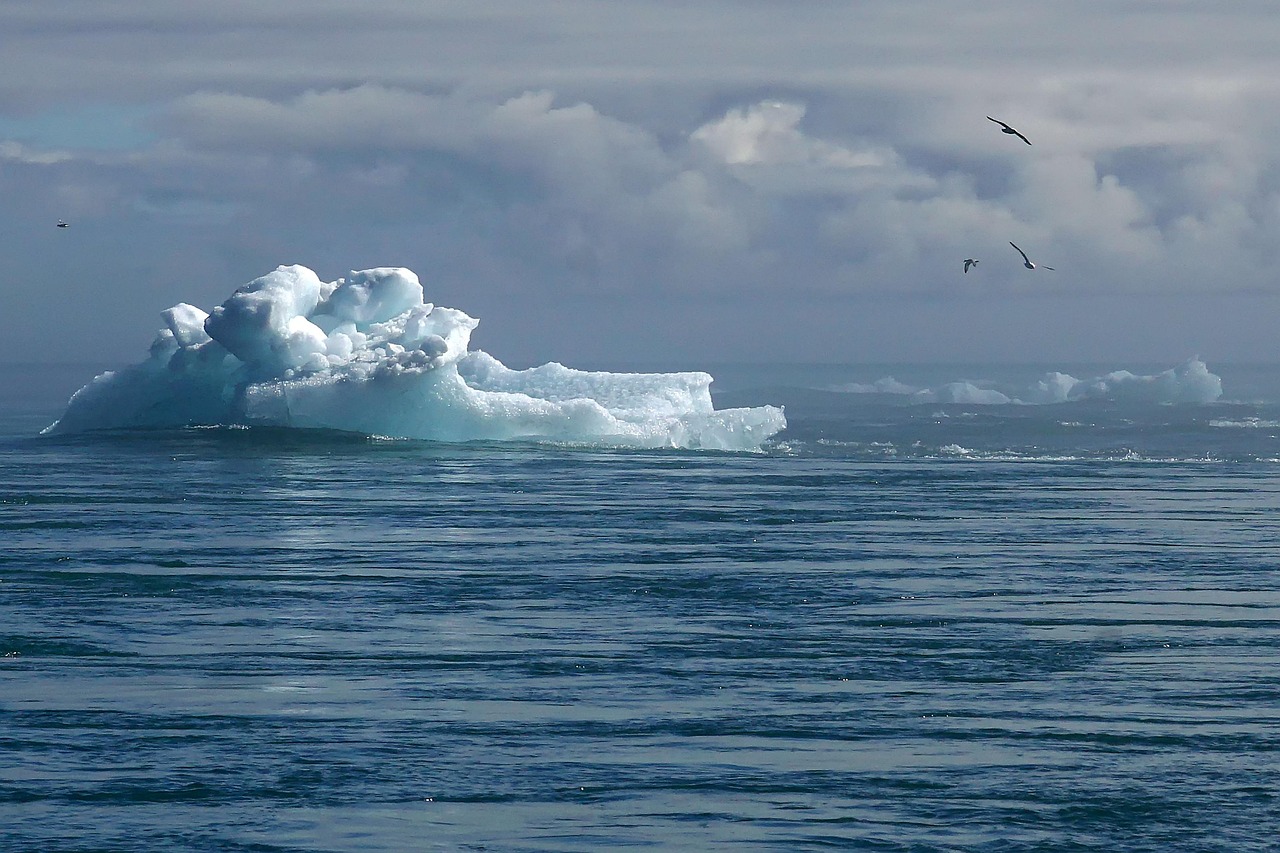
The museum’s exhibits provide crucial perspective on current climate change by examining how Earth’s climate has shifted throughout geological history. Visitors learn how the warm, greenhouse conditions of the Mesozoic Era supported lush dinosaur habitats that extended far into what are now polar regions. Fossil evidence reveals how rapidly changing climates have repeatedly reshaped life on Earth, with some species adapting while others faced extinction. These deep-time perspectives help visitors understand that while climate has always changed, the current rate of change is unprecedented in human history. The museum’s approach to this topic is both educational and thought-provoking, encouraging visitors to consider our planet’s future through the lens of its distant past.
Educational Programs That Inspire
Beyond its permanent exhibits, the museum offers an impressive array of educational programs designed to nurture the next generation of paleontologists and nature enthusiasts. Summer camps transform children into fossil detectives, teaching them to identify different types of prehistoric creatures and understand their environments. School groups participate in guided tours led by expert educators who tailor their presentations to different age levels and curriculum requirements. Adult learners can participate in evening lectures featuring world-renowned paleontologists sharing their latest discoveries and research insights. These programs extend the museum’s impact far beyond its walls, creating lasting connections between visitors and the natural world.
Special Exhibitions and Traveling Displays

The museum regularly hosts special exhibitions that bring unique specimens and cutting-edge research to Ottawa from around the world. These temporary displays have featured everything from newly discovered dinosaur species to advanced reconstructions of prehistoric behavior based on the latest scientific findings. Traveling exhibitions allow the museum to showcase fossils that are normally housed in distant institutions, giving Ottawa visitors access to specimens they might otherwise never see. These special exhibitions often coincide with significant scientific announcements or anniversary celebrations, making each visit to the museum a potentially unique experience. The museum’s commitment to hosting these temporary displays ensures that even frequent visitors always have something new to discover.
A Living Laboratory for Discovery

What truly sets the Canadian Museum of Nature apart is its role as an active research institution where new discoveries are made regularly. The museum’s scientists don’t just curate existing collections—they venture into the field to uncover new fossils that add to our understanding of prehistoric life. Recent expeditions have yielded surprising discoveries, including new dinosaur species and unexpected insights into ancient ecosystems. Visitors can follow these ongoing discoveries through the museum’s publications and social media, feeling connected to the excitement of active scientific research. This connection between museum displays and cutting-edge discovery makes every fossil feel more immediate and relevant, transforming static exhibits into windows onto an ever-expanding frontier of knowledge.
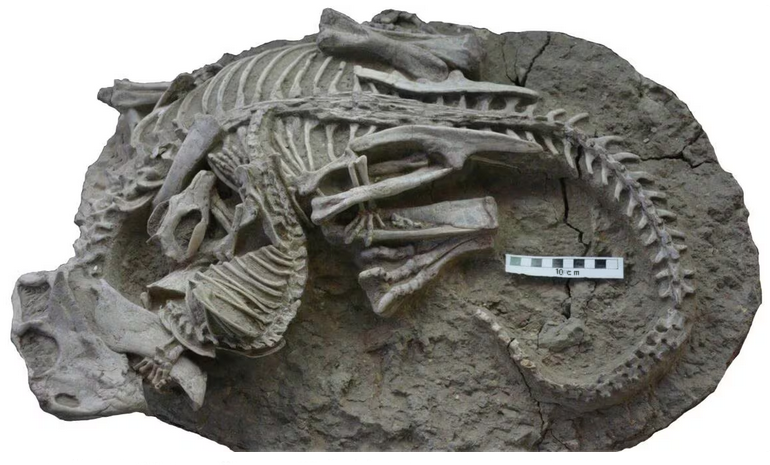
Standing among these ancient giants in Ottawa’s Canadian Museum of Nature, you realize that you’re not just observing the past—you’re connecting with an unbroken chain of life that stretches back hundreds of millions of years. The museum succeeds in making these connections feel personal and immediate, transforming visitors from passive observers into active participants in the ongoing story of life on Earth. Each fossil represents not just scientific achievement but also wonder, curiosity, and the human drive to understand our place in the vast timeline of existence. What other secrets might still be buried in Canadian soil, waiting for the next generation of fossil hunters to uncover?



